5 most important things people don’t know about Africa
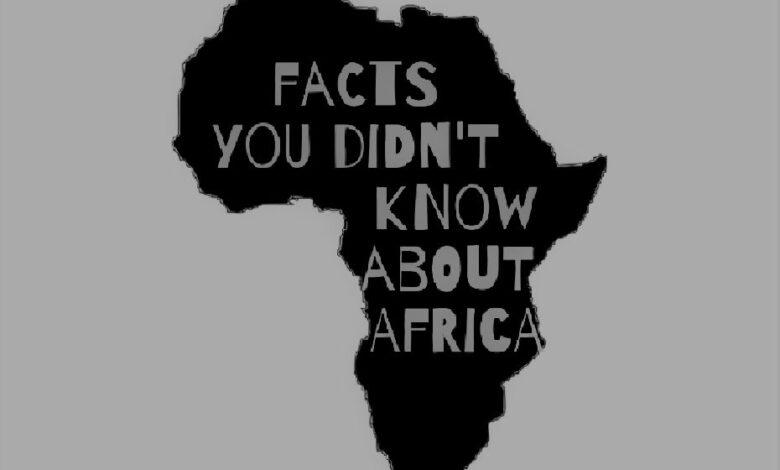
There are so many things that people do not know about Africa. However, Africa has existed for thousands of years since ancient Egypt, where civilization spread worldwide.
Africa is a continent, not a country. Africa has fifty-two independent countries, hundreds of islands in the Atlantic and Indian Oceans, and around the Mediterranean Sea in the north.
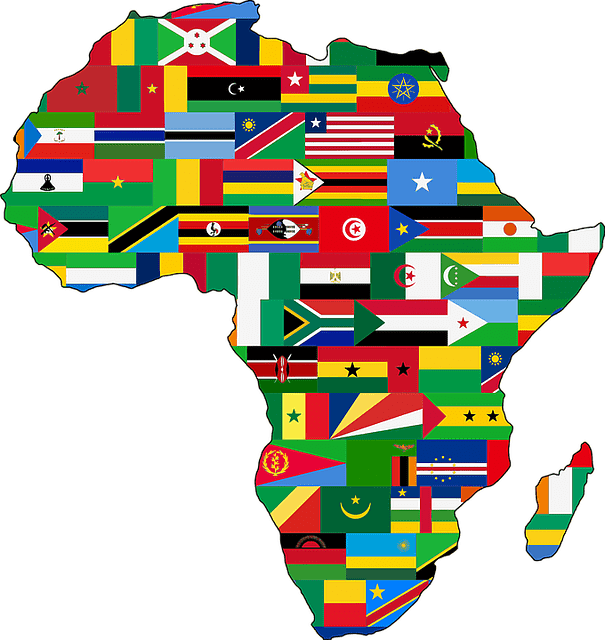
Africa has come a long way, has witnessed and survived all the powers of yesterday – Assyria, Babylon (today’s Iraq); Persia later the media and Persia (today’s Iran); Greece, Rome, and more recently, the seven European colonial masters – British, French, German, Portuguese, Spanish, Italian and Belgian.
Africa has been in the news and world history for ages; unfortunately, little is known about Africa by non-African peoples.
Since the Euro-American media continue to push information to world markets for direct and international audiences, which is no different from the fact that European scientists from pre-colonial times, through many eras of occupation and annexation of Africa, have informed their home audiences.
Unfortunately, we have lived for centuries with what might have been half-truths or stories far removed from the truth.
However, such work, mainly from Africans, will correct some of the past distortions and present Africa exactly as it is. With all the supporting evidence and available facts, previous stories, and news that has not been taken into account.
The five most important things that people do not know about Africa:
1. Largest and second hottest desert

Africa has the largest and second hottest desert on earth, which is the Sahara Desert. The Sahara desert covers about 9,200,000 square kilometers, approximately the entire size of the United States. The desert covers a vast landmass from the Atlas Mountains in Morocco through the Nile Valley in Egypt but ends in Sudan.
The desert borders the Sahel to the south, the Ahaggar Mountains in Algeria to the west, the Tiberti Mountains in Chad to the north, the air mountains in Niger, and the Tenere in Libya.
2. Second largest rainforest

Africa has the world’s second-largest tropical forest after the Amazon in Brazil. It is located at the equator, which runs through the Congo Basin on the Great Continent’s Atlantic side.
It has a rainfall of 60-160 inches or 152-402 cm; it has eight or nine months of continuous rainfall all year round. Central Africa Region – poetically and geographically, it is called the Pearl or Geological Garden of Africa.
It is famous for its various wildlife species: King Cobra, Zebra, Pangolin, Monkeys, Leopards, Lions, Mountain Gorilla, Chimpanzees, Elephants, Okapi, Hippos, White Rhinoceros, Black Mamba.
The African Amazon, or rainforest, accounts for 18% of the world’s remaining 50 million hectares of tropical forest; the Democratic Republic of the Congo (DRC) accounts for 20 million hectares or 40%. The region is home to 11,000 bird species; 10,000 plant species; 400 animal species; 700 fish species.
Africa’s tropical forests contain 36 billion tonnes of carbon dioxide in their vegetation, the second largest of the 100 billion tonnes of carbon dioxide in the world after the Brazilian Amazon.
3. Largest wildlife
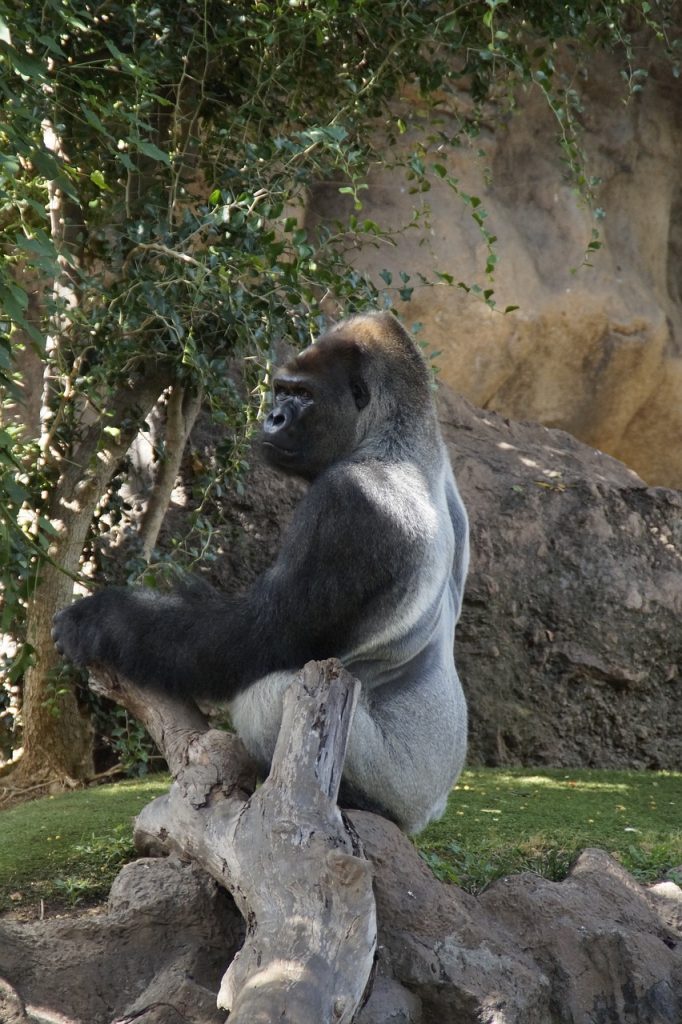
Africa has the largest wildlife globally: from the open grasslands of Kenya, Uganda, Tanzania, Rwanda, Burundi to the southern bushveld. Millions of animals of different brands and designs roam the open grasslands between five and seven million square kilometers.
Carnivores, herbivores, amphibians, sea creatures, insects, birds, reptiles have continued to coexist with humans for millennia in Africa. However, the Big Five: Elephants, Lions, Leopards, Buffalos, and Rhinos are the most popular animals. They have lived in Africa for countless centuries.
In addition, the African Bushveld (South Africa) and the savannah region on the East African corridor continue to play a vital role as a home for small and large, wild and moderate animals.
Big Cats – lions – are the jungle’s king; leopards are the jungle’s pearl and Cheetah, their cousin. Regardless of physiological and anatomical differences, these animals will always make Africa their permanent home.
4. Largest spoken languages
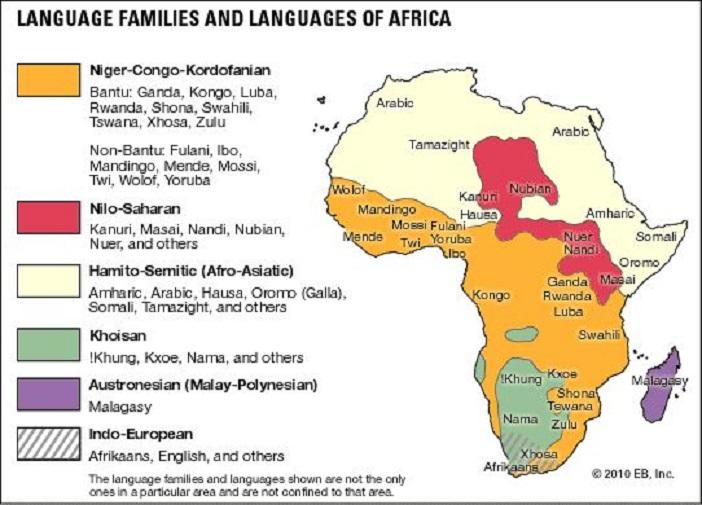
Africa has the largest number of spoken languages globally; African languages are categorized into six different groups, with several thousand subdivisions.
Besides, Africa has one of the oldest and most ancient languages in the world; although Latin, Greek, and Sanskrit – the three languages that make up the Indo-European languages – have been around for thousands of years, it may be of interest to you to know that some African languages are as old as these three, perhaps even older ones. These languages are: Ancient Egypt, Ancient Meroitic, Old Nubian, Tifinagh, Ge’ez, Nsibidi.
5. Tallest and Shortest humans

Africa is home to the world’s tallest and shortest people. The Dinka people are the tallest ethnic group in Africa, living on the Nile River’s eastern and western banks. Mainly found in the Abyei area of Angok Dinka in Southern Kordofan of Sudan.
The people of Dinka call themselves Moinjaang, which means “people of the peoples”. The average male height in 1953/1954 was: 182.6 cm (5ft or 11.9in); in 1995, the average male height was 176.4cm (5ft, 9.4in).
Apart from the Dinka people, Tutsis in Rwanda and Burundi are very tall, on average, between 5 feet and 6 feet. Also, the Maasai people in Kenya have an average height of 6 feet.
+Great Migration
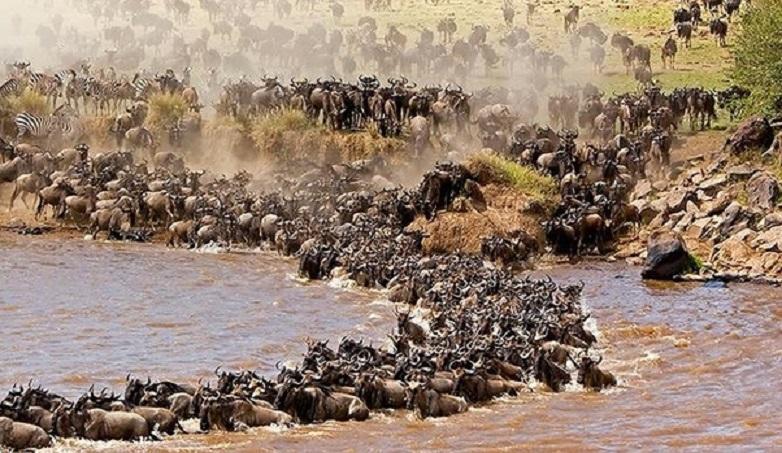
Each year, more than three to five million animals in several large formations leave the Serengeti in Tanzania for Maasai Mara in Kenya on an eight-month journey. That has become a ritual unmatched anywhere else in the world.
From the Serengeti plains in Tanzania, antelopes, zebras, and deer begin an eight-month journey of 2000 miles.




